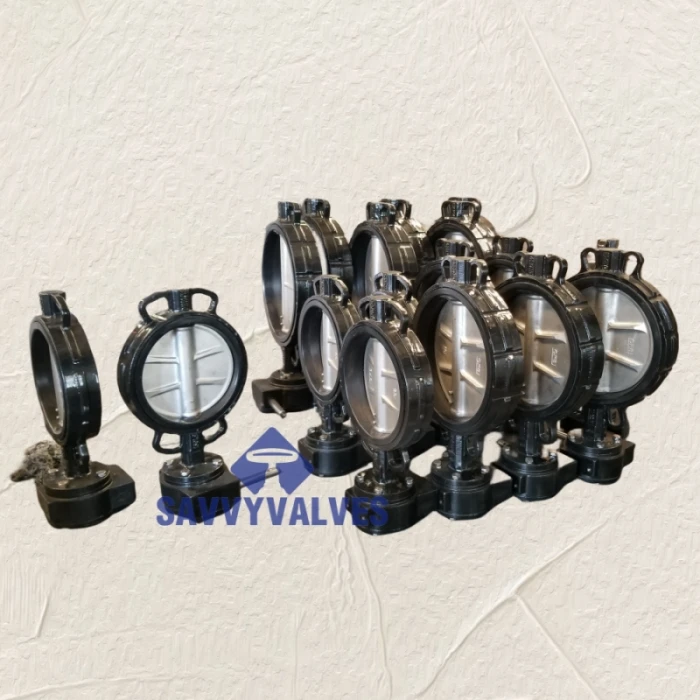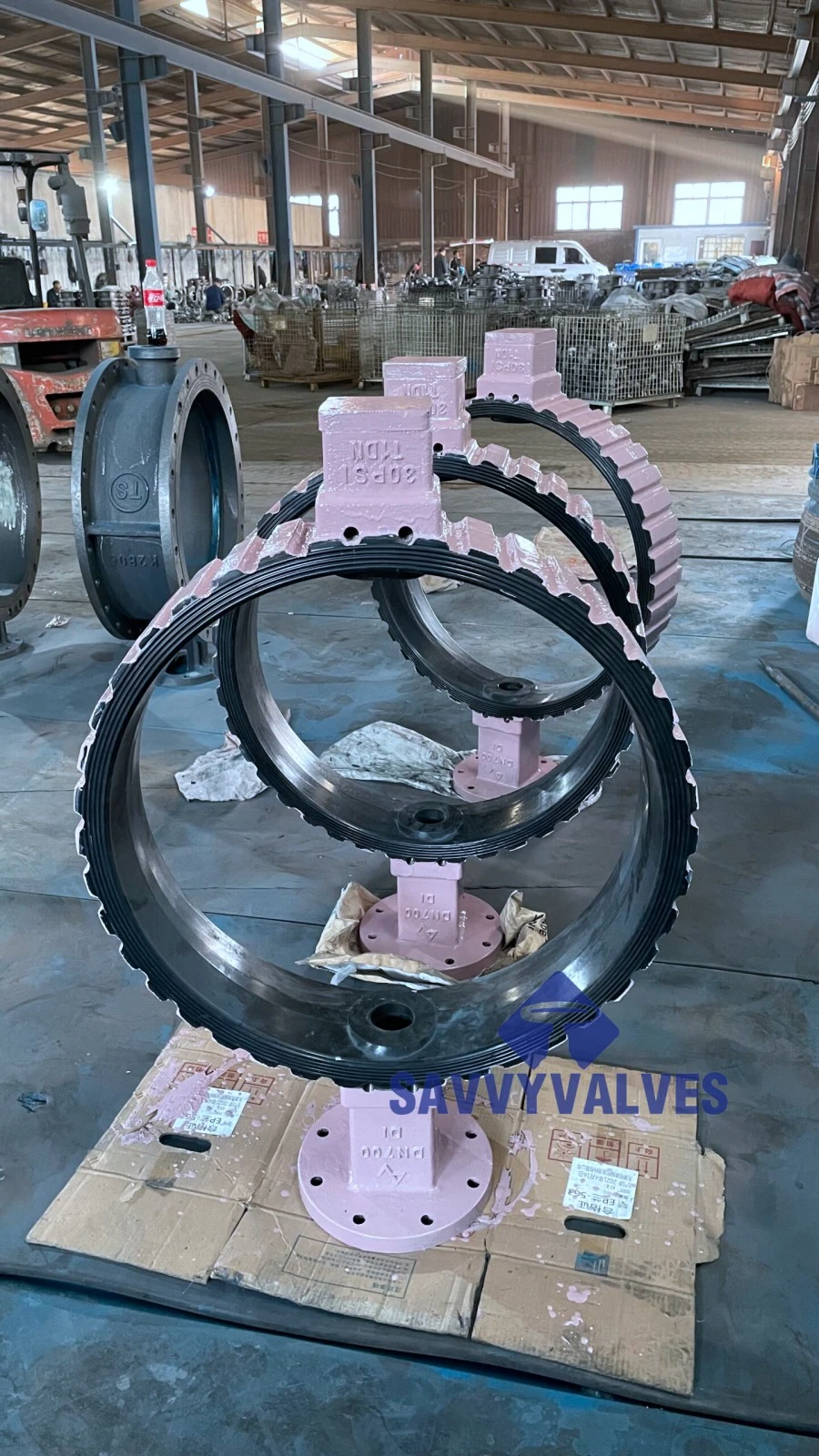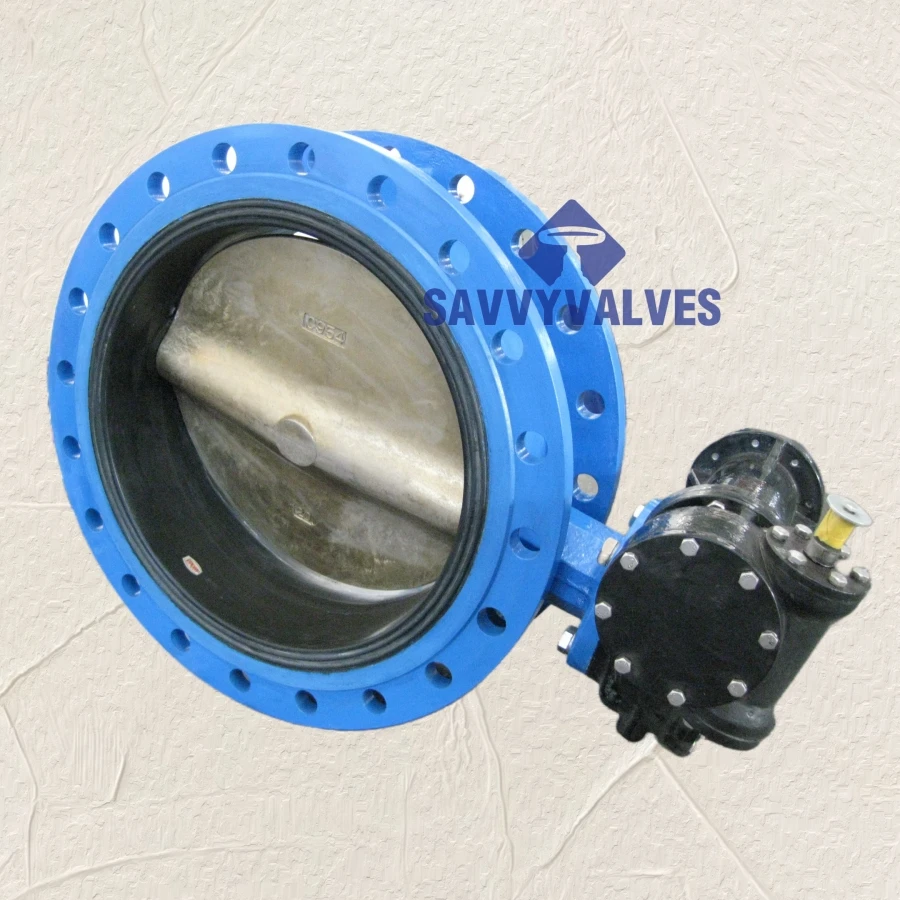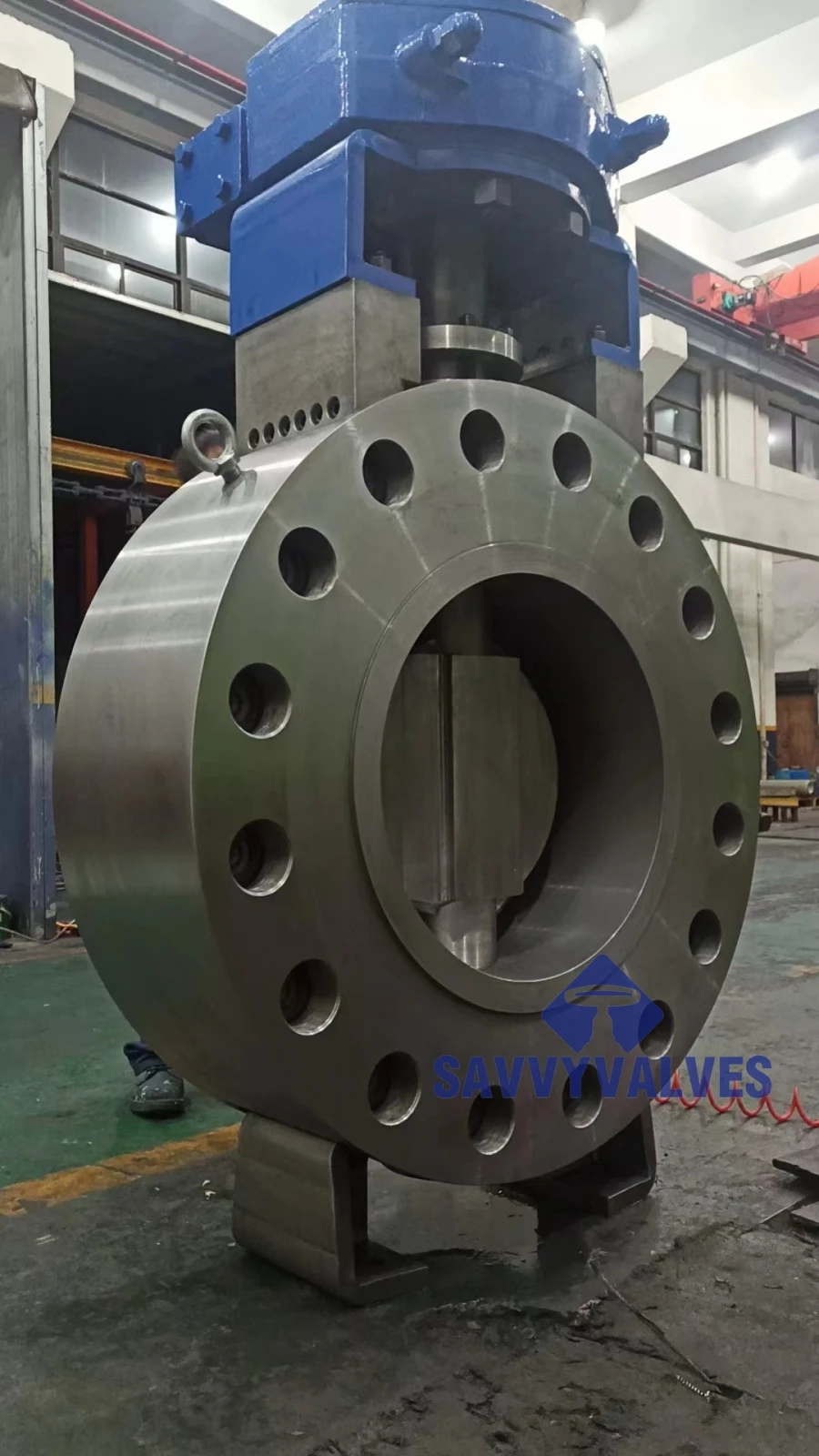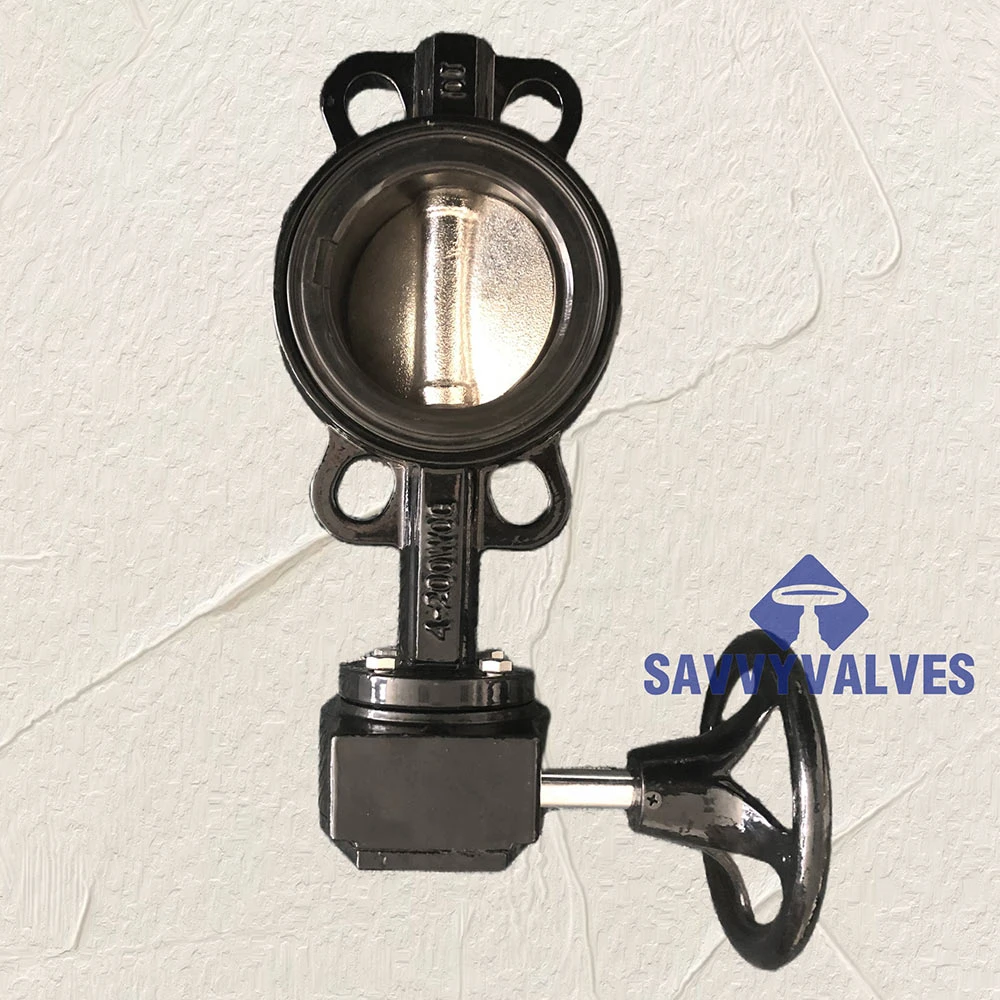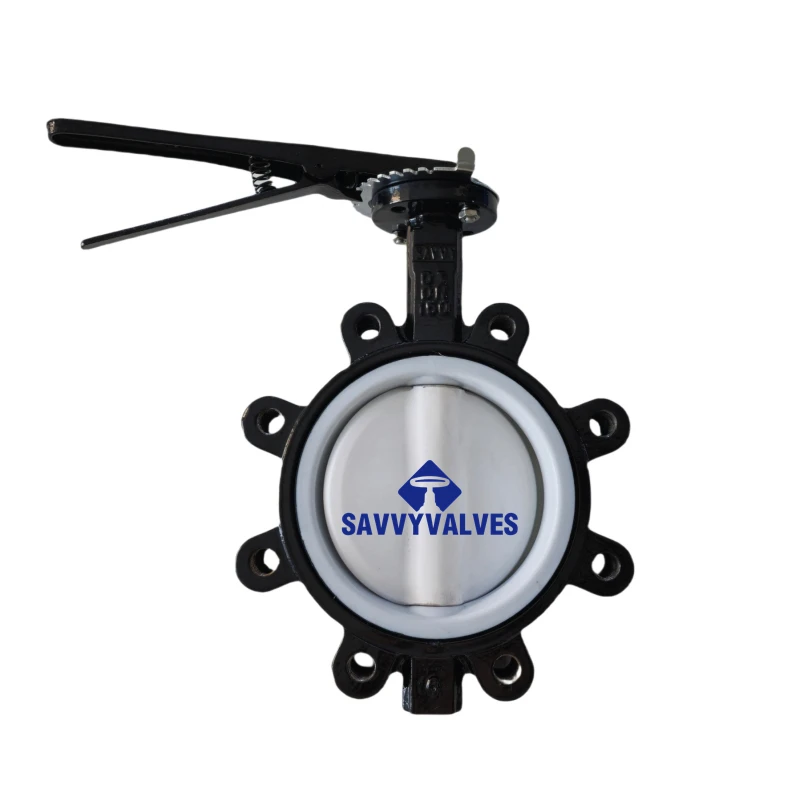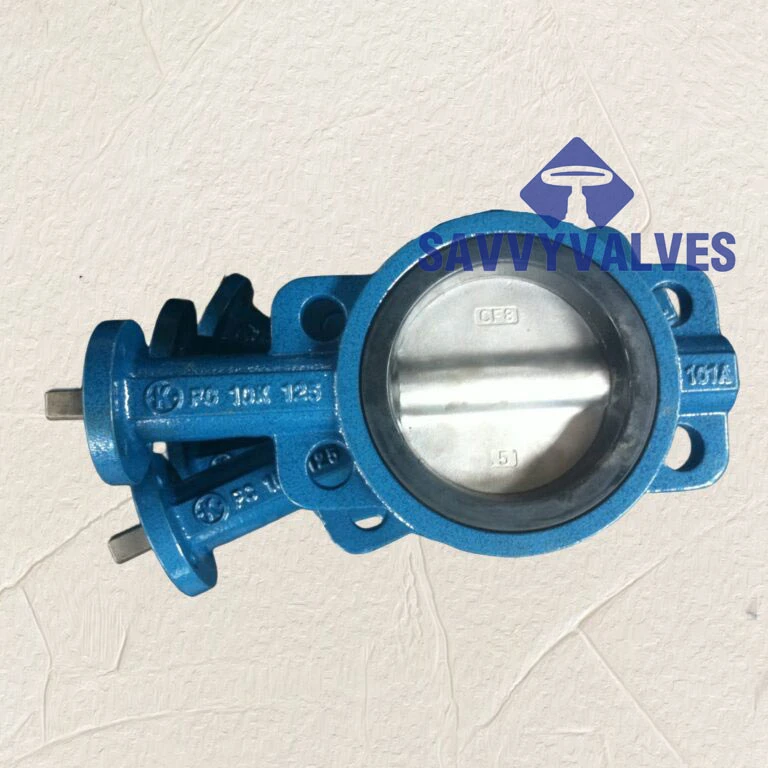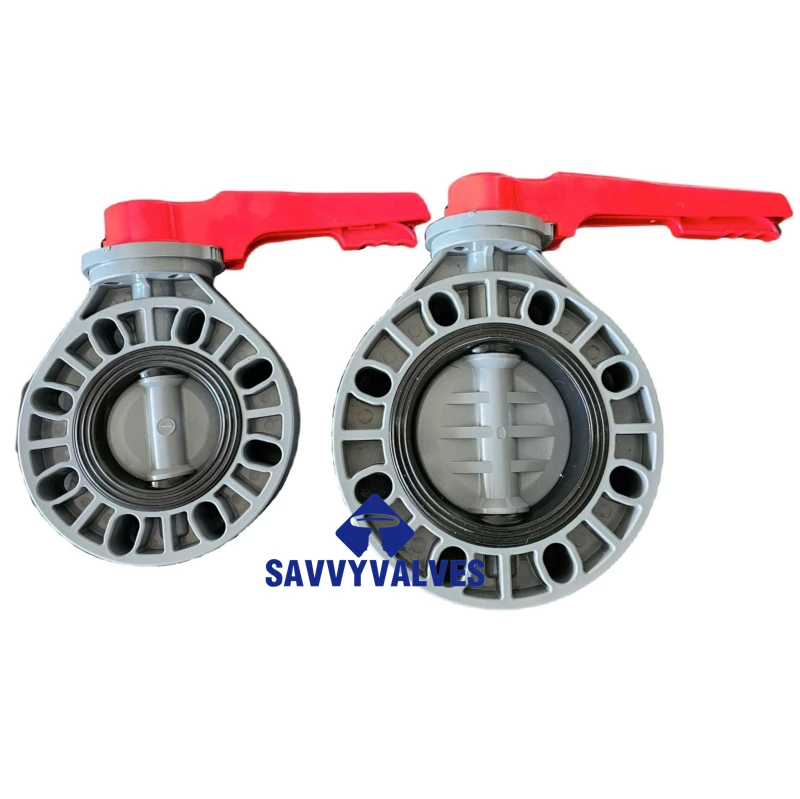Vlinderkleppen
-
FOTO TOONT SPECIFICATIES ZOALS HIERONDER
MAAT: 8″~14″
BEOORDELING: 200WOG
BODY: ASTM A216 WCB
SCHIJF: ASTM A351 CF8
STEEL: SS416 PINLOOS
STOEL: NBR
AANDRIJVING: TANDWIELEENHEID
-
MAAT: DN700
BEOORDELING: PN6
CARROSSERIE: ASTM A536 65-45-12
SCHIJF: ASTM A351 CF8M
STEEL: SS416 PINLOOS
STOEL: NBR
SCHILDERIJ: FLUORKOOLSTOF, C5-I
AANDRIJVING: TANDWIELEENHEID
-
Maat: 4″
Beoordeling: 150LB
Einden: Gelast volgens ANSI B16.5
Materialen:
ASTM A216 WCB-behuizing
ASTM A182 F316L-afwerkingen
Operator: ISO5211 montagepad voor actuator
-
FOTO'S TONEN SPECIFICATIES ZOALS HIERONDER
MAAT: DN450
BEOORDELING: PN16
LICHAAM: ASTM 536 NORMAAL IJZER 65-45-12
SCHIJF: ASTM A536 NOMINAAL IJZER 65-45-12+ENP
STEEL: SS416 PINLOOS
ZITTING: EPDM
AANDRIJVING: TANDWIELEENHEID
-
VOORBEELDSPECIFICATIES
MAAT: 26″
BEOORDELING: 1500LB
LICHAAM: ASTM A105N
SCHIJF: ASTM A182 F316
VERLENGD JUK: ASTM A182 F5
STEM: SS416
ZETEL: ASTM A182 F316
SEAL: SS316+GRAPHITE LAMINATED
AANDRIJVING: TANDWIELEENHEID
-
MAAT: 8″~14″
BEOORDELING: 200WOG
LICHAAM: ASTM A536 NORMAAL IJZER
SCHIJF: ASTM A536 NOMINAAL IJZER
STEEL: SS416 PINLOOS
STOEL: NBR
AANDRIJVING: TANDWIELEENHEID
-
Maat: 6" (DN150)
Drukclassificatie: 150 lb (ASME B16.5)
Belangrijkste materialen:
Lichaam: ASTM A395 (nodulair gietijzer)
Schijf: ASTM A351 CF8M (roestvrij staal 316) met PTFE-coating
Steel: AISI 316 roestvrij staal
Zitting: versterkt PTFE (polytetrafluorethyleen)
Bediening: hendelbediend
Eindverbinding: geschroefde nokken (conform ASME B16.5)
-
FOTO TOONT SPECIFICATIES ZOALS HIERONDER
MAAT: 2,5″
BEOORDELING: 125LB
LICHAAM: ASTM A536 NORMAAL IJZER
SCHIJF: ASTM A536 NOMINAAL IJZER 65-45-12
STEEL: SS416 PINLOOS
ZITTING: EPDM
AANDRIJVING: HENDEL
-
Maat: 4” & 6” (DN100 & DN150)
Drukclassificatie: 150 lb (PN16)
Belangrijkste materialen:
Carrosserie en schijf: CPVC (corrosiebestendig, lichtgewicht ontwerp)
Steel: roestvrij staal 304 (hoge sterkte, uitstekende corrosiebestendigheid)
Zitting: EPDM (Superieure afdichting, chemisch bestendig)
Bediening: Hendel (Snelle en eenvoudige handmatige bediening)
Verbindingstypen:
Wafertype – Compact ontwerp voor standaard flensinstallatie
Lug-type – Maakt verwijdering aan één kant mogelijk voor eenvoudig onderhoud
Monoflange – Flexibele aanpassing aan meerdere flensnormen
A butterfly valve is a type of quarter-turn valve used to regulate, isolate, or start and stop fluid flow in a piping system. It consists of a circular disc or plate mounted on a rotating shaft. When the handle or actuator turns the shaft 90 degrees, the disc moves from a fully closed to a fully open position, allowing flow through the valve. The disc remains in the flow path even when open, which means there is always a slight pressure drop. Butterfly valves are known for their compact design, fast operation, and cost-effectiveness, especially in large-diameter pipelines. They come in various types, such as wafer, lug, and double or triple offset styles, depending on the pressure and sealing requirements. These valves are widely used in industries such as water treatment, HVAC, chemical processing, oil and gas, and food and beverage, due to their reliability, low maintenance, and easy installation.
- 1
- 2

